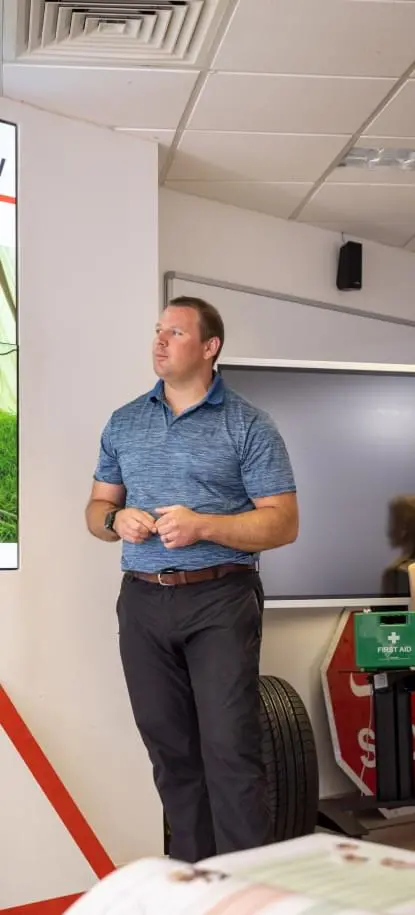




Quick Links:

As a qualified first aider, you must continue to use your skills when managing any first aid incident, but you now need to be more aware of yourself and others' risks. Here is some advice to assist in the safe treatment of a person who is ill or injured.